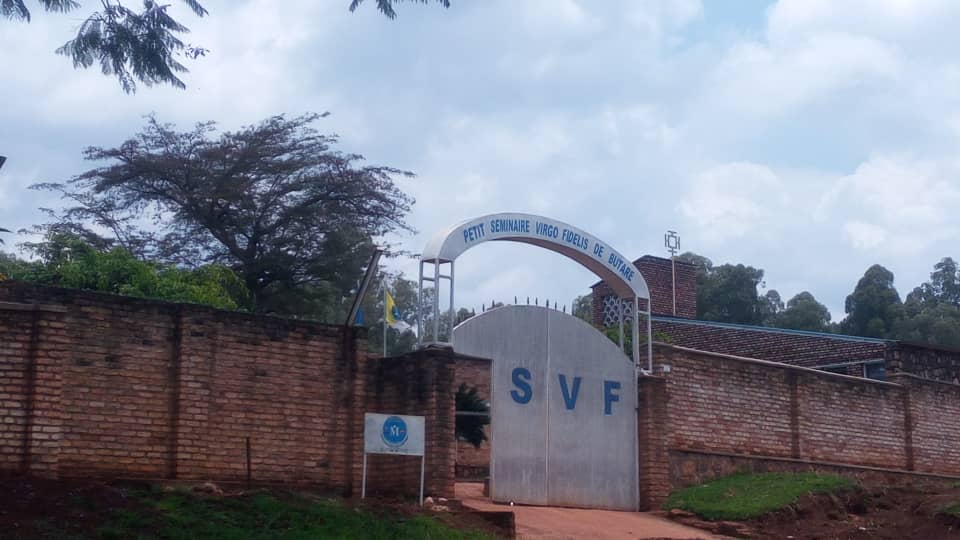
Huye based Petit Seminaire Virgo Fidelis’ latest photo taken by KT Press
This September 2018, students all over Rwanda are a few weeks into the 3rd and last term of the academic year. But back in 1993, September was beginning of the academic year. Students enrolled for a new year at different levels.
At Petit Seminaire Virgo Fidelis de Butare (SVF) in Huye district (then Butare prefecture), some 42 students aged between 12 and 16years arrived for start of secondary school. They were only boys, like the entire school population. These new boys were all assigned to dormitory ‘Gomorrah’, which was reserved for the new arrivals and Year One students.
To qualify among this select group, students were to have performed exceptionally well at primary level exams. On day one of school, each student found every aspect of their stay had been planned by the Catholic establishment.
Student names were on beds. Your bedmate became your seatmate in class and playmate outside. It is the same partner with whom you sat opposite on the dining table, which never changed. When it was your turn to clean the dining room, you did the task with your mate. When the 1993 class arrived, they began in a new national system in which students began secondary after completing Year 6 of primary. Initially, up until 1991, students joined secondary after Year 8.
Extracurricular activities like sport were a must every weekday after class. Each student had to be engaged in a particular sport. It is not like in the secular schools where every students would be engaged in what pleased them – say sleeping, while others played or simply loitered around school. The sleeping dorms was divided into Gomorrah house for Preparatory Students and Year One, Sodom house for Year 2 and 3, Ninive house for Year 4, and Siberian for Year 5 and 6
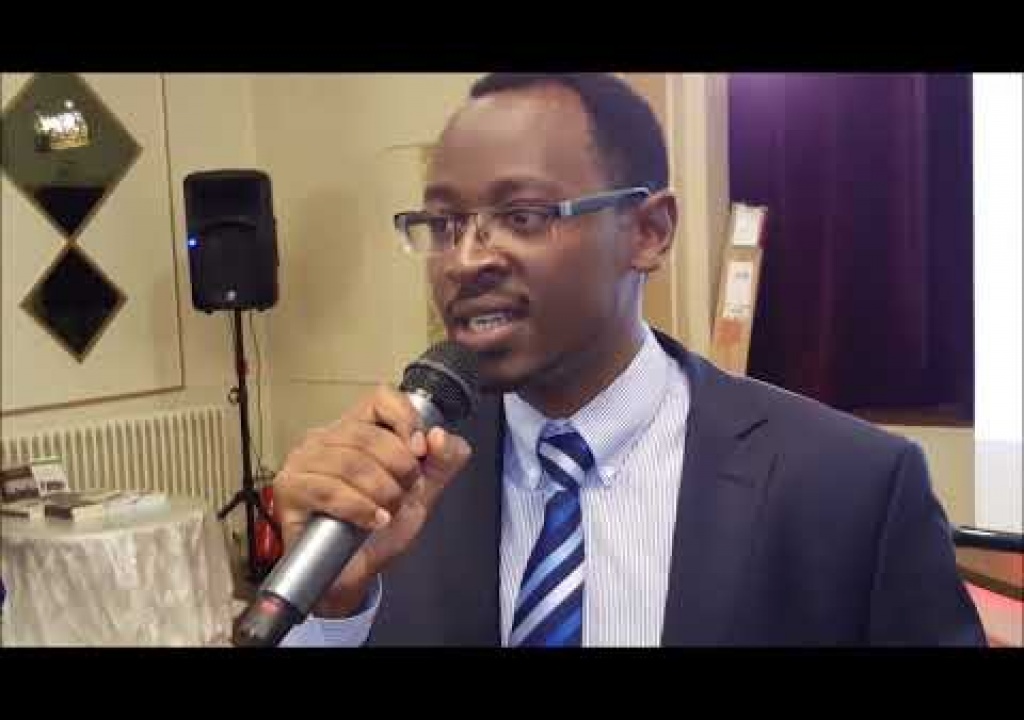
Placide Kayumba
Such was the life at Virgo Fidelis seminary. One student by the name Placide Kayumba was among the new arrivals. All the Preparatory Class students were called “Haitians”, after the Caribbean Island of Haiti. Known simply ‘Placide’ as he came to establish himself among peers, he was a “very talented volleyball player”, according to classmates we interviewed for thisstory.
Placide was from Gisagara sous-prefecture, about 30km away. This region has a history of producing volleyball talents, even today. It will be a story for another time.
‘Mbega Inkotanyi zisa neza’
Placide was not the ordinary teenage boy. He was very slim. And above all, “very brilliant”, said another of the former classmates with whom they shared all aspects of school life.
KT Press interviewed several students from the “class of 93”. Today, some are young but accomplished members of Rwandan society: doctors, lawyers, journalists, senior government officials and some out of Rwanda. Each has a story to tell about “Placide”, the name most of them remember strongly.
Claude Karamagi spoke: “You know Placide was very good at volleyball which was not the case with some of us. That irritated him. We always complained to school authorities because Placide was not allowing us to touch the ball.”
For Moise Habinshuti, their encounter had a rather unusual twist. It all happened on Saturday evening when the students were watching news on state TV, which had recently been established.
“I remember very well the events of that evening,” said Habinshuti. “There was a news item on Inkotanyi (RPF rebels). I commented ‘mbega Inkotanyi zisa neza’. Placide was close by.” (Oh dear, the Inkotanyi look so good).
Habinshuti continued: “Placide turned back and said ‘Weeee!!! Ibyo bintu uvuze uwakujyana hariya Camp Ngoma wabisubiramo?’…” (‘You, can you repeat what you just said if taken to Camp Ngoma’).
The ordeal of Habinshuti was repeated by other former students who also said they were reminded of “Camp Ngoma” at different times – but by other students whose parents were senior military officers. Among students at Virgo Fidelis was Eric Hakizimana, a nephew to President Juvenal Habyarimana. Eric was son of Dr. Seraphin Bararengana, direct brother of the president. His mother was incidentally the young sister of the First Lady Agathe Kanziga Habyarimana.
According to former Fidelis students, Eric was very polite and admired by other students. The same sentiment was shared by officials from the school, who described him as “exemplary student”. It beats logic to see Eric who was so close to the center of power but was very likable among his peers and staff, but Placide who was son of a local official exhibited such inhumane level of arrogance.
ICTR and Capt. Ildephonse Nizeyimana
At the time, Butare town, the prefectural center, was located in Ngoma commune. At the entry of Ngoma stood a military camp, housing only government soldiers. There were other huge security facilities in Ngoma. The chief of Ngoma camp was called Lt. Ildephonse Hategekimana, but a one Capt. Ildephonse Nizeyimana came regularly from the prefectural command to use its facilities.
The activities of Capt. Nizeyimana before the genocide, during and after, have been documented in the indictment and eventual conviction by the International Criminal Tribunal for Rwanda (ICTR). In 2012, Capt. Nizeyimana was sentenced to life in prison for genocide, crimes against humanity and murder. Among his victims was Rosalie Gicanda, the last queen of Rwanda.
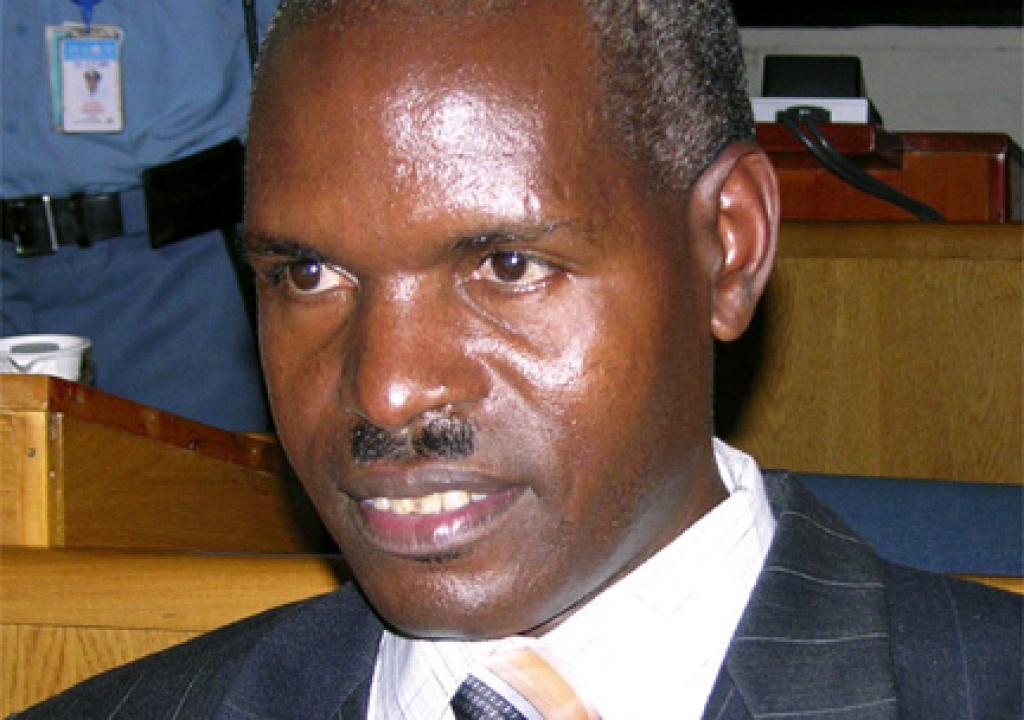
capt Ildephonse Nizeyimana
As with all parts of Rwanda, soldiers—particularly Presidential Guards, Nizeyimana commanded troops from Ngoma camp. Along with National Police, began the slaughter by targeting people from the intellectual and political elite of Butare. They went directly to the homes of those selected ahead of time for slaughter, sometimes relying on local guides or asking directions from neighbors. Tutsis had been killed in silent and targeted attacks before the genocide. But mass killings in which Nizeyimana commanded are recorded from April 18, for all the months that followed.
So how does a young boy Placide Kayumba from a secondary school come into the complicated events that took place inside Camp Ngoma. Placide was the son of Dominique Ntawukuriryayo, who was sub-préfet in the Butare préfecture in charge of Gisagara sous-prefecture. He lived in Gisagara, near his office. And that is where his beloved son Placide called home.
We were unable to establish the father-son relationship at the time because no family members in Rwanda are willing to speak. All we could piece together is that Ntawukuriryayo had two sons. A woman who refused to confirm to us whether she was related to Ntawukuriryayo, and currently lives in the house abandoned by Ntawukuriryayo in Kibeho, only told us the former official considered his children so important.
Under pressure, France handed Ntawukuriryayo to ICTR in 2007. And three years later, he was sentenced to 25 years jail for his role in massacre of some 30,000 Tutsis in his area of authority. Supported by interim president Theodore Sindikubwabo at a meeting in May 1994, Ntawukuriryayo lured Tutsis to gather at Nyakizu hill promising them protection. When they were there, a combined force of soldiers and interahamwe militia were unleashed. Only a handful miraculously survived to tell the story later.
This is the kind of man that teenage Placide called “Dad”. As senior official belonging to a very small elite in the Butare region, Ntawukuriryayo knew everything happening, according to ICTR judges.
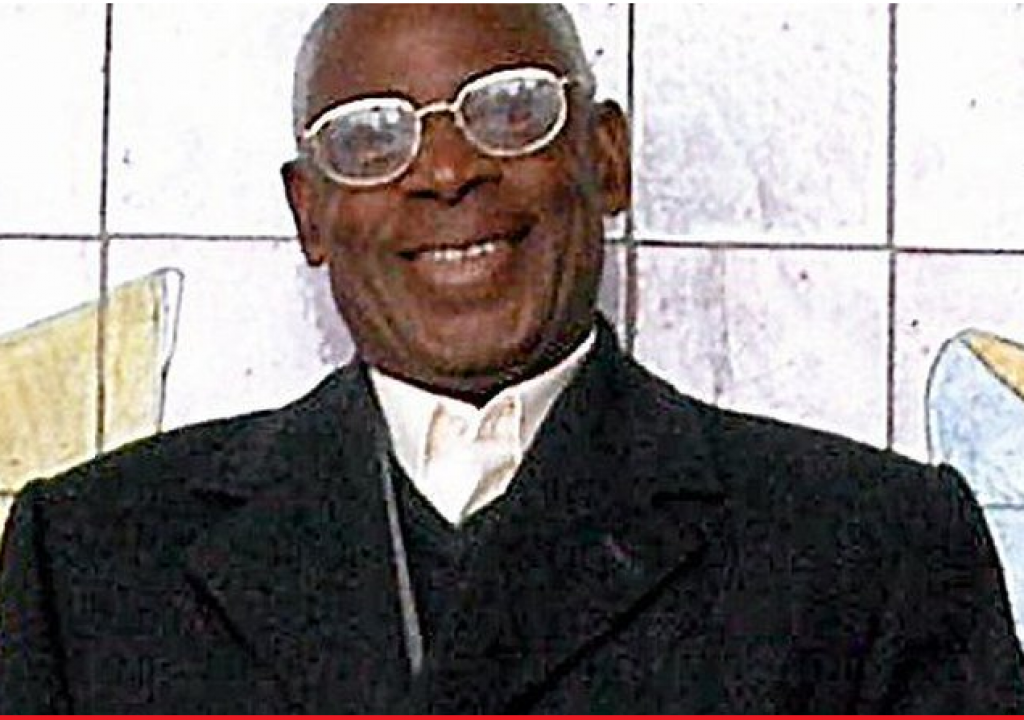
Dominique Ntawukuriryayo, the father to Placide
Before April 7, 1994 when the genocide plan was implemented, security facilities like Ngoma camp was where “Ibyitso” (collaborators) were taken. These were Tutsis suspected of clandestinely aiding the Rwanda Patriotic Front (RPA) rebels, which had been battling government from 1990. It was only after the genocide, that a detailed picture of their plight emerged. It was horrific, to say the least. Nobody was safe, including children as young as 10 years. Today, the former Ngoma Military Camp houses southern province regional police headquarters and a rehabilitation centre for drug addicts.
WhatsApp video
When Placide and the other young boys reported for school in September 1993, the targeting of “Ibyitso” was at its peak. It makes all the sense when Placide tormented his classmates like Habinshuti Moise – telling them about “Camp Ngoma”, which was located a very short distance from their school.
“When Placide threatened me with Camp Ngoma it made little sense on that day,” says Habinshuti. “But we talked about it with others later. It was kind of frightening. But that statement and everything else made a lot of sense when the genocide started. Today I look back with unimaginable shock that a boy of my age had such courage.”
Back at that secondary school, it was closed for Easter holidays in late March 1994. Placide, Habinshuti, Karamagi, Eric (Habyarimana’s nephew) and everyone else headed home.
Little did the young boys know, it would be the last time they shared the rigorous daily school routine. In 2017, years later, Karamagi was attending a wedding when he received a YouTube link via WhatApp. The accompanying message read “Agahomamunwa!!! Reba aho mwene wacu Placide ageze”. (Shocking!!! See what our colleague Placide has become).

Placide’s father Gisagara Home
Karamagi narrated to KT Press: “I opened it and there was this person whose face looked very familiar. It was Placide. The person who sent me the video did not give details so I was curious to view it which I did after the wedding. He was saying different things which have been advanced by genocide deniers. Up to now, am still shocked.”
Off the list of local elections
Today, Placide Kayumba is a grown man. He has lived in Belgium for years. KT Press was unable to determine whether he lived with his father Ntawukuriryayo in France before he was transferred to the ICTR. But in Belgium, immediately after the father’s conviction, Placide founded a group he called “Jambo ASBL” with four other young men and women – all Rwandans. Public web posts tell of Jambo ASBL as “activists campaigning for return of human rights and democracy in Rwanda.”
However, as KT Press reported in a February 2018 expose, Jambo ASBL is a genocide negationist platform hiding behind the banner of a diaspora youth movement. They use this cover to promote a negationist version of what happened in Rwanda in 1994 and prior.
Placide and his partners are direct children of genocide convicts and commanders of the FDLR genocide militia in DR Congo. The story can be found here.
Criminal liability may be personal, but members of Jambo ASBL are hiding behind their vitriol anger over the prosecution of their parents as a result of their role in the mass slaughter of Tutsis, to white-wash the dark agenda of Jambo ASBL.
A denunciation campaign by genocide survivors has raised awareness about Jambo ASBL. Its repeated pleas to speak in the Belgian parliament have been refused. Planned conferences organised by Jambo have been cancelled by Belgian authorities. Ruhumuza Gustave Mbonyumutwa was last month removed from list of local council candidates in the town of Saint-Georges-sur-Meuse in Liege prefecture when news circulated about his genocide negationist pronouncements.
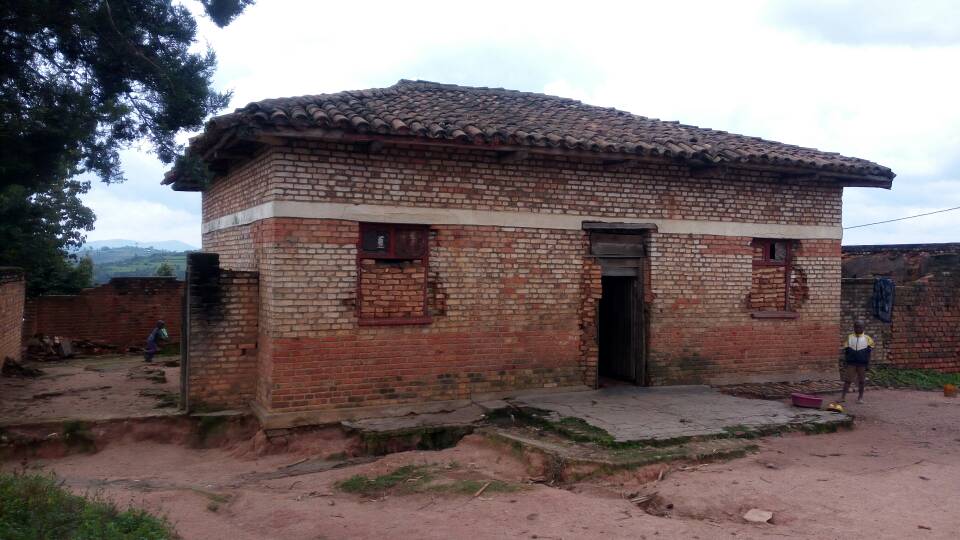
A dilapidated Kibeho home of the Placide family. We found people here who could neither deny or confirm if they were related to the troubled family
Despite being pushed off the public arena, they are as determined as ever. Jambo ASBL members have moved to the internet. They have a group website and a news site – all named after the group. They have very active Twitter and Facebook accounts. They also manage many other fake accounts which they use to make statements that are then retweeted/shared by their official accounts – to make a semblance of a large network to unsuspecting readers. The information posted there need no introduction.
For Kayumba Placide, today, his Twitter and Facebook profiles read: “FDU Board member. Founder Member & ex-President Jambo asbl.” Placide responds with vitriol to anyone who tries to challenge him on social media. When you persist, he blocks you to prevent any future contact. That also means you do not access his social media content.
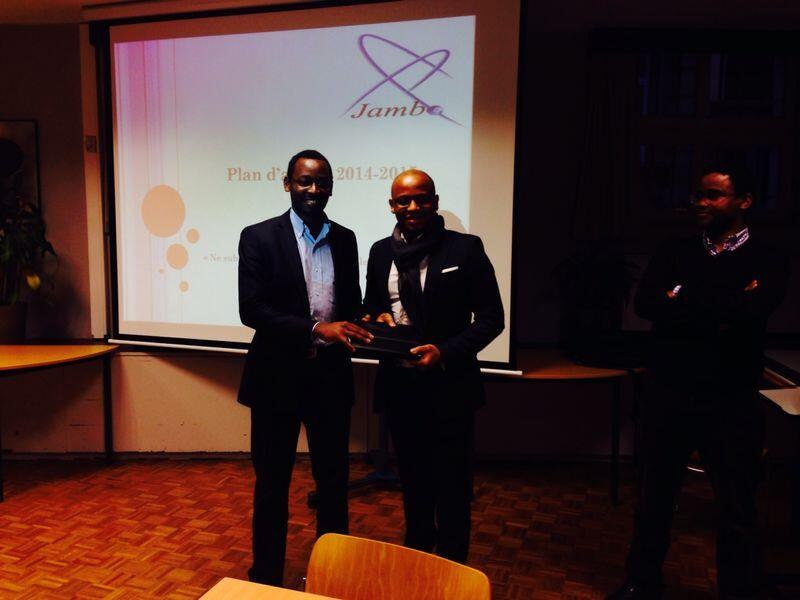
Kayumba Placide and Ruhumuriza Mbonyumutwa
The Placide of 25 years ago has clearly not changed much, if any, he has become more hardline. One of his former school mates said of him: “Placide yari umwana w’umunajuwa byahatari. Twese yabaga yaduciye amazi.”
Editor’s NOTE: KT Press agreed not to use the real names of our student sources to allow them speak freely


